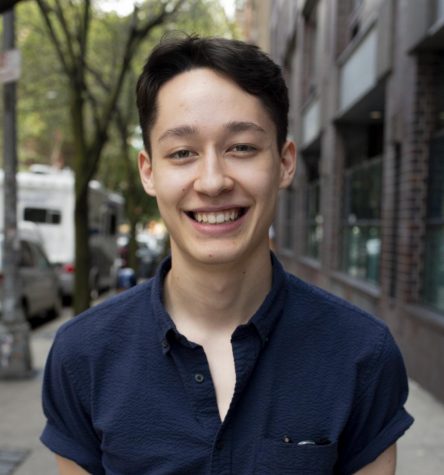Protests Begin to Slow Down Post-Thanksgiving
Though there were numerous protests in the weeks following the election, demonstrations have since have abated.
December 2, 2016
Protests erupted across the country after the election, and some weeks had multiple every day. However, after a full stomach of turkey and a couple days off, the scene outside Trump Tower — secret service, gridlock and media barrage aside — is almost back to usual.
There are no more marches to Trump Tower, Love Rallies in Washington Square Park or school-wide walkouts.
Tisch freshman Isabel Asuncion, a leader with the No Tolerance Movement, believes that the election-related protests abated because protesters were not focused on a central goal. Therefore, she said that while Trump-related protests have slowed, social issue-specific movements have not decreased their activism.
“In terms of Dakota Access Pipeline, I don’t think protesting has gone down,” Asuncion said. “But that was already a small minority of people, and it was clear from the start that they were not going to back down for a while.”
However, with the large amount of people who protested Trump, Asuncion believes that they simply needed an outlet to relieve their anger in a healthy way. And while she thinks it was comforting at the time to be surrounded by people with similar emotions, she thinks the need is now no longer as pronounced.
Tisch freshman Kiyomi Calloway, No Tolerance Movement founder, said that while protest involvement has decreased, people are still advocating for marginalized peoples and will continue to do so.
“The protests are still ubiquitous,” Calloway said. “The media doesn’t cover them as much anymore because the election is no longer as relevant in their eyes.”
However, she said that as the electoral college voting date nears, the protests will continue with more fervor again, since Calloway believes election-related protests are effective methods to remind the public and the government that American citizens are both engaged and compassionate.
CAS freshman Iffat Nur believes that the protests have died down due to complacency and a lack of organization.
“When I went to protests back in the first weeks after Trump was elected, I remembered distinctly how there was no clear message at all,” Nur said. “You had a multitude of messages with barely a sense of unity beyond the idea of ‘we are angry.’”
Like Asuncion, Nur believes that the protests did not continue or take off, because they did not have a specific end-goal or organization.
“Without an end-goal, no one has anything to work towards,” Nur said. “In the end, without that goal, immediate interests take precedence over whatever people felt were their reasons for protesting.”
Asuncion also said that she believes the election protests were popular for only a few weeks, because of the immediate vulnerability Trump’s victory created. But people have had a bit of time since then to bring each other stronger together.
“Instead of protesting, most of what is going on are people trying to find ways to cope and bring hopefulness back into their lives,” Asuncion said.
Email Sayer Devlin and Natasha Roy at [email protected]




























































































































































